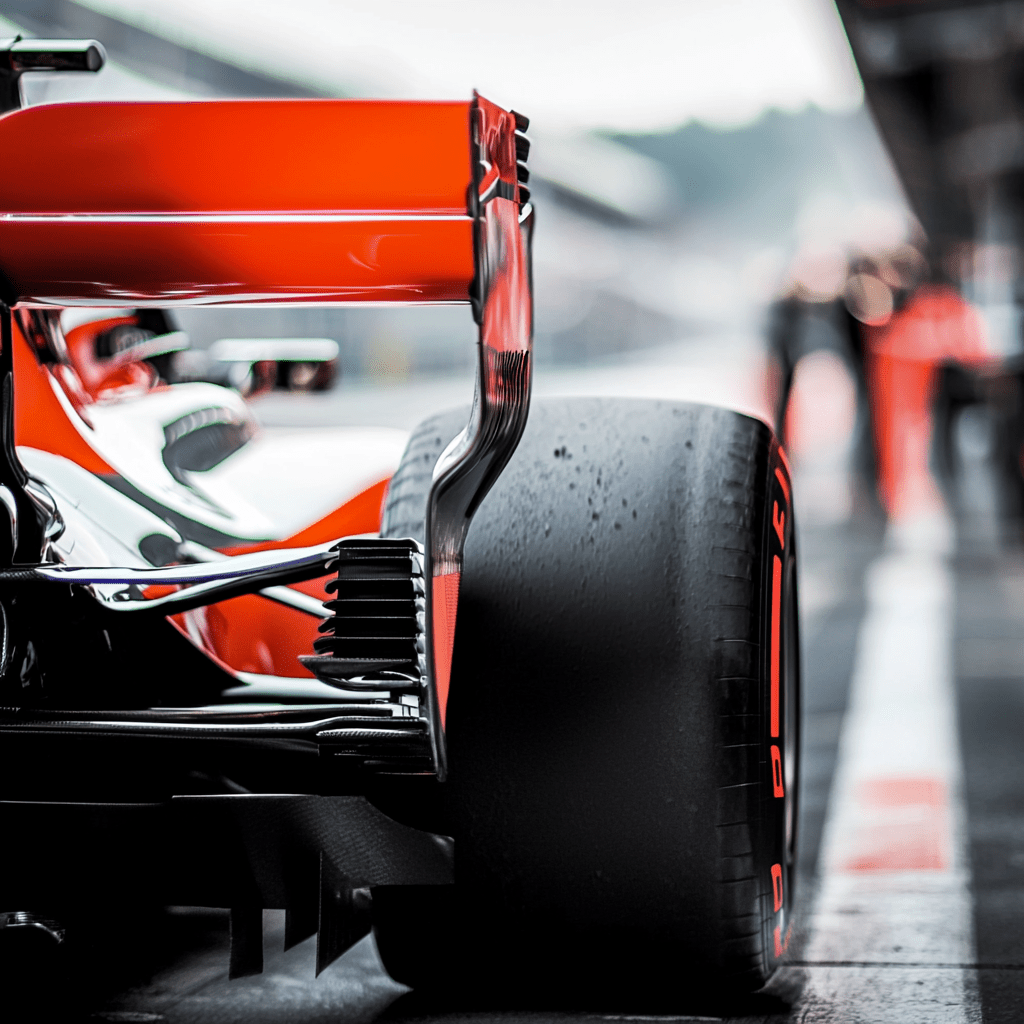
What is DRS in Formula 1 and Why is it Important?
In Formula 1, the difference between victory and defeat often comes down to split-second decisions and technological innovations. One such innovation is the Drag Reduction System (DRS). If you’re an F1 fan or a newcomer to the sport, you’ve likely heard the term, but what exactly is DRS, and why is it so vital to the fast-paced world of Formula 1?
What is DRS in Formula 1?
DRS (Drag Reduction System) is a mechanism on Formula 1 cars designed to help drivers overtake their competitors by reducing aerodynamic drag. When a driver activates DRS, a flap in the rear wing of the car opens up, allowing air to flow more freely over the car. This reduces drag and increases top speed, giving the driver an extra advantage when trying to pass a car ahead.
However, there are specific rules regarding when and where DRS can be used. It’s only allowed in designated DRS zones on the track, and a driver can only activate it if they are within one second of the car in front during a race. These conditions help ensure that overtaking remains a challenge, preserving the competitive spirit of F1.
How Does DRS Work?
When DRS is engaged, the rear wing of the car partially flattens, reducing its resistance to the air flowing over it. In a sport where cars reach speeds of over 200 mph, even a small reduction in drag can make a huge difference. By decreasing drag, DRS allows a driver to gain around 10-12 km/h in additional top speed, making overtaking more likely, particularly on straight sections of the track.
The DRS zones are pre-determined by the FIA (Fédération Internationale de l'Automobile) and marked on the track. Drivers cannot use DRS at any point during a race — it's only available in these zones, and during practice and qualifying sessions, DRS is unrestricted.
Why is DRS Important in Formula 1?
-
Enhances Overtaking Opportunities
Overtaking in Formula 1 is one of the most challenging aspects of the sport due to the high-speed nature of the cars and the narrowness of most circuits. Before DRS, overtaking relied heavily on driver skill, car setup, and luck. DRS levels the playing field slightly, giving trailing drivers a better chance to pass without completely eliminating the challenge. -
Increases Spectacle and Excitement
F1 fans love the thrill of wheel-to-wheel racing, and DRS plays a significant role in making that happen. It introduces an additional layer of strategy, where drivers and teams have to carefully manage their opportunities to use DRS while still maintaining their competitive edge. This adds to the excitement, as fans can anticipate overtakes in certain areas of the track. -
Promotes Closer Racing
Without DRS, cars tend to bunch up behind each other in what’s often called a "train," where overtaking becomes nearly impossible due to aerodynamic turbulence. DRS reduces this problem, making it easier for cars to stay close to each other and fostering more intense racing battles. -
Balancing the Sport
F1 is a sport where minor differences in car performance can lead to significant disparities during a race. DRS helps to balance out some of these differences, ensuring that the fastest car doesn’t always have an unbreakable lead. It gives drivers a chance to capitalize on the mistakes of others and maintain a competitive race.
Limitations and Controversy Surrounding DRS
While DRS has undoubtedly improved overtaking and made races more thrilling, it has not been without criticism. Some argue that DRS makes overtaking too easy, diminishing the skill required for a driver to make a pass. Purists of the sport believe that overtaking should be down to driver skill alone rather than technological aids.
However, others feel that DRS is a necessary evil. Without it, the increasing complexity of aerodynamics in F1 would lead to even fewer overtakes, which could reduce the excitement of the sport for fans. As such, DRS remains a critical part of Formula 1, although its rules and implementation continue to be reviewed to maintain fairness and excitement in racing.
The Future of DRS in F1
As Formula 1 continues to evolve with new technologies, there have been discussions about potentially altering or even removing DRS in future seasons. With changes in aerodynamics and car design—such as the recent shift to ground effect cars—the need for DRS could change. However, for now, DRS remains an essential tool for overtaking, keeping F1 races unpredictable and thrilling for fans worldwide.
DRS is a game-changer in Formula 1, enabling drivers to perform overtakes more efficiently and adding to the overall excitement of the sport. By reducing drag, it gives trailing cars a chance to close the gap and make passes that would otherwise be difficult due to the immense speeds and aerodynamic forces at play. While some debate its impact, there’s no denying that DRS has fundamentally shaped the way modern F1 races unfold.
If you’re following the latest F1 season, keep an eye out for the DRS zones, and watch as drivers strategically deploy this high-tech tool in their quest for victory.

